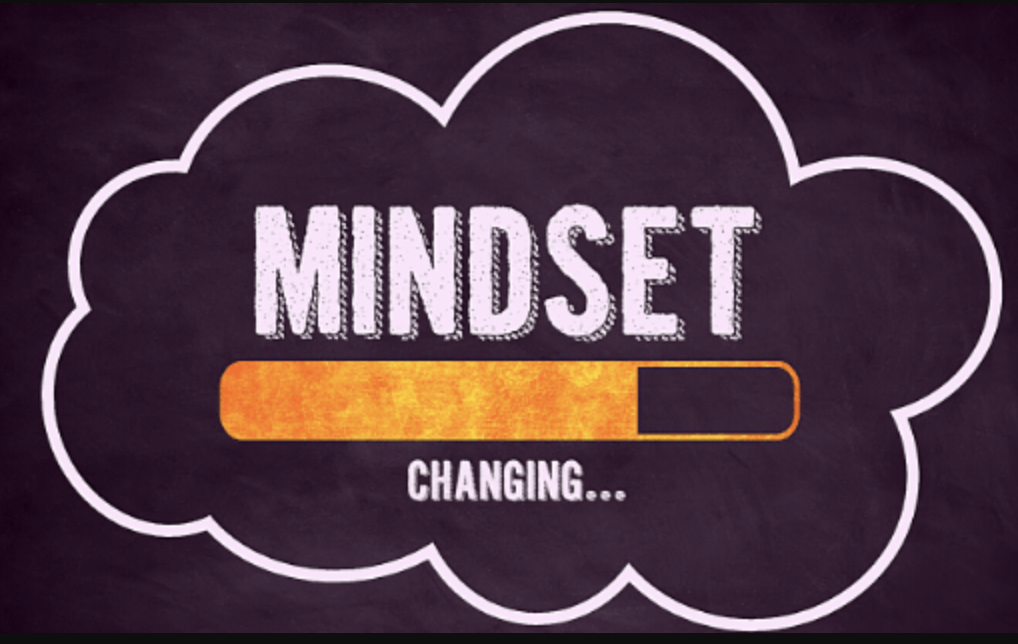General Business Strategy
The Challenges Engineering Businesses Face – And the Solutions That Work
Breaking Through the Growth Ceiling
Most engineering-led businesses start with a founder who is deeply knowledgeable, resourceful, and committed to solving complex problems. Fueled by passion and technical expertise, these businesses often achieve early success by leveraging the founder’s network, referrals and developing innovative products.
In Australia, only 4.6% of businesses ever exceed $5M in revenue (source: ABS). As growth plateaus, former strengths often become limitations. Sustainable scaling requires new initiatives, yet many founders are unsure how to develop a breakout strategy.
This article explores engineering companies’ most common growth challenges and introduces actionable solutions designed for technical SMEs. These are further expanded upon in our eBook Unstuck Your Growth, which is free to download.
The Universal Challenges
1. Growth Stagnation
Personal networks and word-of-mouth referrals often drive early sales. These finite resources eventually run dry. Without fresh leads, sales slow, sales staff get frustrated, and the business stagnates. This lack of scalability in the traditional sales approaches is a key growth barrier – and has been revolutionised by the internet and digital marketing.
Recent Example:
A well-established infrastructure maintenance client derived most of its work for the past 20 years from one sector of government but as its champions retired and the clients restructured it found itself on the outer with plummeting revenues. It had never updated its brand, extended its market profile or grown its sales network and is now playing a long game of catch-up.
2. Competitive Pressures
Engineering businesses often face a crowded market where competitors are agile and digitally savvy. New entrants and established players constantly refine their strategies, making it harder to stand out.
Challenges include:
-
- Competitors with superior digital marketing strategies dominate online visibility.
- Rival brands appear more professional and innovative, influencing buyer perceptions.
Case in Point:
A precision machining company found its once-unique service offering overshadowed by competitors who had embraced modern branding and digital lead generation. Despite having superior technical capabilities, they struggled to differentiate themselves, and the market began to perceive them as ‘also-rans’.
3. The Digital Disconnect
In today’s B2B landscape, 61% of all transactions begin online, and buyers are typically 57% through their decision-making process before engaging with a salesperson. This shift is a massive disadvantage for engineering businesses that rely solely on traditional sales methods often the deal is lost before they hear anything about it..
Key Signs of Digital Disconnect:
-
- Limited or outdated online presence, poor or dated website.
- No use of inbound marketing strategies to attract prospects.
- Reliance on labor-intensive outbound efforts, such as cold calling that don’t scale.
4. Branding and Presentation Gaps
In technical industries, there’s often a belief that the product speaks for itself – and that prospective buyers will listen rationally to the features. But in reality, first impressions matter deeply—even in B2B. Buyers assess professionalism, credibility, and expertise within moments of landing on a company’s website or reviewing a proposal. Never forget, buyers are humans too – flawed, often irrational and unpredictably judgmental!
Common Issues:
-
- Inconsistent branding that fails to reflect the business’s strengths.
- Lack of a cohesive narrative explaining why the company is unique.
- A website that no longer explains well what the company does.
Example of a Rebrand:
Sometimes, a major overhaul is required to bring a business’ market presence into line with its level of maturity. We are often asked to start from scratch; a recent example was BHF Filtration, where the founder commented, “I’ve been trying to capture our essence for 23 years. This has done it”.
5. Founder Dependency
Founders often juggle multiple responsibilities, including technical lead, CEO, chief salesperson, HR manager and sometimes even marketing. This creates bottlenecks, limits scalability, and places undue stress on leadership. There’s an old saying: “the more the founder does, the less the business is worth”.
Indicators of Founder Dependency:
-
- Sales pipeline relies almost entirely on the founder’s efforts.
- The founder’s reputation is central to business credibility; customers know the person not the brand.
- Limited delegation of marketing and sales responsibilities.
-
-
 Fractional to the Rescue:
Fractional to the Rescue:
-
We can’t solve all these founders’ woes, but taking marketing off their plate and embedding a fractional senior marketer to work in the team at the executive level certainly helps. Founders and CEOs feel relieved knowing things are being taken care of by a dependable senior person with full accountability.
Proven Solutions for Engineering Businesses
Engineering businesses need a dual-focus approach to overcome these challenges: strategy-led marketing combines with executional excellence.
Part 1: Strategy-Led Marketing
1. Defining Your Differentiator
What makes your business unique? A compelling value proposition answers this question clearly and persuasively.
How to Craft It:
-
- Identify your core strengths and why they matter to your customers.
- Use customer feedback to refine your messaging.
- Ensure the value proposition is authentic and grounded in your capabilities.
- Try this tool
Example:
A water filtration company emphasised its proprietary technology and lifetime cost savings in its marketing strategy. This simple shift resonated with prospects and improved conversion rates.
2. Targeting the Smallest Viable Market
Focus your marketing efforts on the most valuable and well-defined audience segment. This ensures maximum ROI while avoiding wasted resources.
Benefits:
-
- Allows for personalised, high-impact messaging.
- Ensures that every marketing dollar is strategically deployed.
- More benefits here
Tip:
Define your ideal customer profile (ICP) based on factors like industry, company size, ideal contacts in the company and pain points.
3. Internal and External Alignment
Your marketing strategy should resonate with three key groups, starting from the inside out:
-
- Employees: Ensure they understand and embody the brand message.
- Current Clients: Reinforce their decision to work with you by highlighting value to ensure upsell and retention.
- Prospects: Demonstrate why you’re the best choice in a crowded market.
4. Consistency in Branding
Ensure every touchpoint communicates professionalism and value, from your website to your proposals.
 Part 2: Executional Excellence
Part 2: Executional Excellence
None of the concepts above will be useful unless you find a way to execute them and market the business quickly and efficiently.
1. Build a High-Impact Brand
A professional and polished brand isn’t just about aesthetics—it’s about standing tall and building trust.
Key Elements:
-
- Strongly identifiable, memorable brand look.
- Consistent visual identity across all platforms.
- Clean, user-friendly website design.
- Persuasive and concise messaging.
2. Content That Converts
Prospects (and Google) reward educational and value-driven content that establishes your business as a thought leader.
Types of Content to Produce:
-
- Blog posts and whitepapers.
- Case studies showcasing successful projects.
- Technical guides and video tutorials.
3. Adopt a Hybrid Marketing Model
Combine inbound and outbound marketing efforts to maximise lead generation. This means sales and marketing working together.
Inbound Marketing:
-
- Use SEO-optimised blog posts and resources to attract prospects organically.
- Share success stories that demonstrate your expertise.
Outbound Marketing:
-
- Leverage Account-Based Marketing (ABM) to target high-value accounts.
- Use email campaigns and personalised outreach to stay top-of-mind.
4. Systematise Marketing Processes
Building marketing systems ensures consistency even during busy periods.
Best Practices:
-
- Use marketing automation tools to streamline outreach.
- Develop an editorial calendar for consistent content creation.
5. Data-Driven Decision Making
Regularly track and analyse metrics to refine your approach.
Metrics to Monitor:
-
- Leads generated
- Leads converted by source
- Website traffic and conversion rates for an inquiry.
- Return on investment (ROI) for marketing campaigns.
The InsideOut Advantage
Many engineering SMEs struggle to implement these solutions due to limited resources and expertise. That’s where InsideOut Group’s embedded marketing model excels.
How It Works:
- Inside Insight: A fractional senior marketer integrates into your team, understanding your unique challenges and goals.
- Outside Expertise: A creative, strategy and campaign implementation team supports the embedded marketer, providing a blend of insight and execution.
- Scalable Engagement: Pay only for the time and expertise you need.
Real-World Impact:
One industrial remanufacturing client saw a 20% increase in revenue within 12 months after adopting InsideOut’s model. By aligning strategy and execution, they appealed to new prospects, improved brand recognition and have achieved sustainable growth.
Find Out More and Unlock Your Growth Potential
Are you ready to overcome your business’s growth challenges?
Download InsideOut Group’s complimentary eBook, Unstuck Your Growth, and discover how to break through the barriers holding your business back.
Or drop us a line at ask@insideoutgroup.com.au




